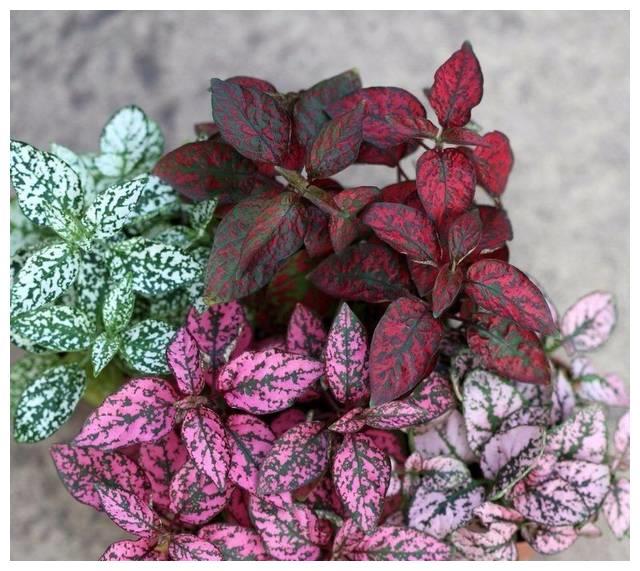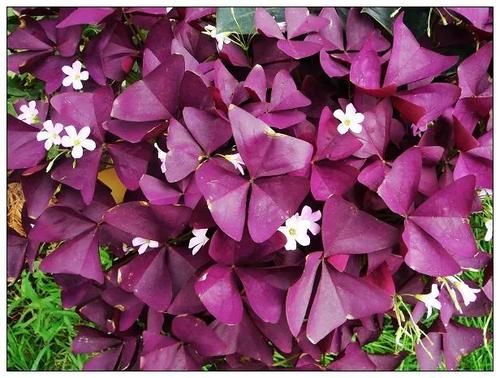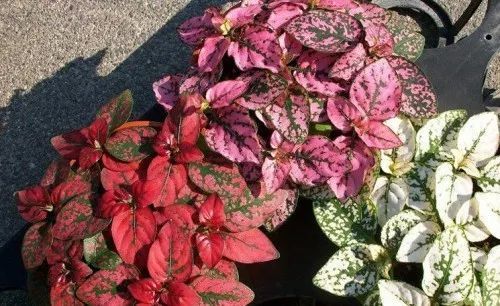Hypoestes phyllostachya Baker care guide
Written by Maggie
Aug 24 2021

When breeding Hypoestes Phyllostachya Baker, we can mix leave-rot soil, garden soil and river sand to prepare the soil. The lowestes Hypoestes Phyllostachya Baker was raised with a mixture of light and shade to protect the plants from sunburn. Hypoestes Phyllostachya Baker, a Hypoestes who has a high water requirement, was allowed to water the plants seasonally and wet the soil each time he watered them.
Hypoestes Phyllostachya Baker picture

Hypoestes Phyllostachya Baker breeding methods
1. Preparation of soil
Hypoestes phyllostachya Baker belongs to the Hyacinaceae family and is often planted as a family flower. The method and precautions of the hypoestes phyllostachya baker are important. hypoestes Phyllostachya Baker likes to grow in a well watered humus or sandy loam soil. We can mix leaf mould, garden soil and river sand to prepare the soil.
2. Get plenty of light
Hypoestes phyllostachya Baker is a light-loving plant. It is best to put the plants in a ventilated and sunny environment in normal times. In summer, the plants should be properly shaded to prevent the plants from getting sunburn from the strong light. If it is cloudy and rainy for a long time, the plants can be illuminated by sunlight instead of sunshine, and the effect of illumination is similar to that of sunlight.

3. Water properly
Hypoestes Phyllostachya Baker likes to grow in high temperatures and humidity. It has a high water requirement and can be watered according to the season. Spring and autumn is the plant growth period. At this time, it is best to water the plant 2 to 3 times a week. Summer temperature is higher, and the air is drier, so at this moment it’s better to pour water every day.
4. Tips for growing Hypoestes Phyllostachya Baker
Hypoestes phyllostachya Baker grows faster and should be pruned regularly. Do it gently each time to avoid hurting the healthy branches of the plant. After each pruning, apply disinfectant to the wound properly. When pruning, the main thing is to cut off the plant and diseased branches, which is more conducive to plant growth. More about how to grow and care for Hypoestes Phyllostachys.

Latest Updated
- Benefits of Bugleweed - 7 Science-backed Health Benefits
- Bugleweed Dangers & Side Effects - Is It Poisonous?
- How to Plant Evergreen Trees - What You Should Know
- When to Plant Evergreens - Grow Guide for Evergreen Trees
- 12 Wonderful Evergreen Shrubs for Your Garden
- 12 Popular Evergreen Plants with Pictures for Beginners
- When And How To Prune A Lilac Bush Like a Pro
- How to Grow & Care for Lilac Vine (Hardenbergia Violacea)
- Japanese Lilac Tree (Syringa Reticulata) Care & Propagation Guide
- Shumard Oak Pros and Cons - What to Know
Popular Articles
- Winter maintenance of Antirrhinum Majus
- How to Grow Terminalia Mantaly Tree
- How to Grow and Care for Crossostephium Chinense
- How to grow Antirrhinum Majus in spring
- Peristeria Elata (Dove Orchid) Profile: Info & Care Guide
- Underwatered Snake Plant (Sansevieria Trifasciata) - Signs And How To Fix
- How to Care for Brazilian Jasmine Plant (Mandevilla Sanderi)
- How to Grow & Care for Graptopetalum Purple Delight in Summer
- Rosa Chinensis (China Rose): Plant Growing & Care Tips
- How to Care for Baby Sun Rose (Aptenia Cordifolia)